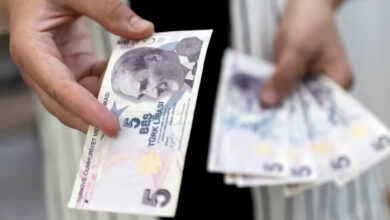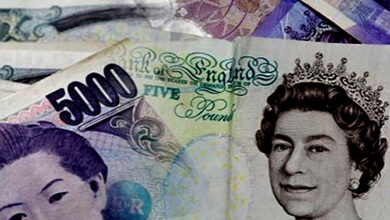The dollar is getting weaker, and Powell will talk on Capitol Hill this week.

In early European trading on Monday, the U.S. dollar went down a little bit, which was in line with the general rise in risk sentiment. However, the dollar stayed high because the U.S. Federal Reserve was thought to keep its aggressive tightening stance.
At 3:15 a.m. ET (07:15 GMT), the Dollar Index, which compares the dollar to a group of six other currencies, was down 0.2% to 103.990.
Last week, the U.S. central bank raised interest rates by 75 basis points, which was the biggest increase since 1994. Traders will now watch Fed Chair Jerome Powell’s testimony to the Senate and the House on Wednesday and Thursday for clues about what will happen next.
James Bullard, president of the Federal Reserve Bank of St. Louis, said that U.S. inflation expectations could “become unmoored” if the Fed didn’t do anything. Former Treasury Secretary Lawrence Summers said that to stop price pressures, the U.S. unemployment rate would have to stay above 5% for a long time.
Later in the day, two more Federal Reserve policymakers are scheduled to speak, and the economic data calendar is dominated by housing data. Existing home sales for May are due at 10:00 a.m. ET (1400 GMT).
At 135.19, the USD/JPY was up 0.1%. It was close to a 24-year low of 135.58 yen, which was hit last week. This was because the Bank of Japan kept its easy-going monetary policy even as other major central banks raised interest rates.
The Japanese Finance Minister, Shunichi Suzuki, said earlier on Tuesday that he was worried about the recent sharp drop in the value of the yen and that he would respond to changes in the exchange market as needed.
Analysts at ING said in a note that the yen could lose more value if Powell’s tone during his testimony this week was “hawkish.” “We’ve talked for a long time about how FX intervention isn’t a simple way for G7 countries to change their policies, but it’s hard to argue that this is still Japan’s only option unless Treasury yields start to drop.”
EUR/USD rose 0.4% to 1.0549 after Christine Lagarde, president of the European Central Bank, said on Monday that policymakers still plan to raise interest rates in July and September, even though there are more worries about rising bond yields in the eurozone’s periphery.
Investors will also keep a close eye on the political situation in France, where a hung parliament was elected over the weekend.
“The news doesn’t seem to have affected the euro, which isn’t too surprising since it’s more of a long-term risk to the outlook for the eurozone. “The EUR/USD has found some stability around the 1.0500 level once again,” ING said.
GBP/USD rose 0.5% to 1.2306, while AUD/USD rose 0.4% to 0.6977. This was helped by Reserve Bank of Australia Governor Philip Lowe, who said again on Tuesday that more interest rate hikes are likely. The USD/CNY went up 0.1% to 6.6964 after China saw more COVID-19 flare-ups in cities like Shenzhen.





